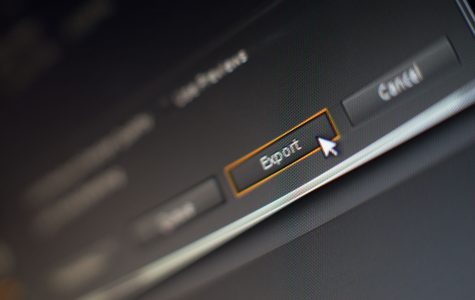Part 3 of 5: In this series, we’re exploring how to maintain compliance with the MPAA Content Disposal Guidelines and other motion picture data destruction guidelines. Part three takes a deeper look into the proper procedures for handling hard drives during that sensitive period of time between decommissioning and destruction. To begin the series, MPAA Content Security: Media Destruction provided an overview of the guidelines and their impact on your entertainment industry business.
 As a post-production vendor, it can feel as though motion picture data destruction guidelines are a moving target. For a long time, every major film studio maintained its own standards for content disposal and data security, but in more recent years, the Motion Picture Association of America, Inc. (MPAA) has established the MPAA Content Security Program for industry-wide best practices.
As a post-production vendor, it can feel as though motion picture data destruction guidelines are a moving target. For a long time, every major film studio maintained its own standards for content disposal and data security, but in more recent years, the Motion Picture Association of America, Inc. (MPAA) has established the MPAA Content Security Program for industry-wide best practices.
With these more uniform guidelines in place, your post-production company can begin to plan ahead and establish essential procedures for handling the studio’s digital assets while working on their project and after its completion.
Step 2: Understanding PS-16.1 of the MPAA Content Disposal Guidelines
 Even after damaging, overwriting, or sanitizing hard drives that are ready for decommissioning (Step 1), the secure storage of those drives remains essential for protecting sensitive data. Until you have a Certificate of Destruction from a reliable NAID-Certified Vendor, your post-production studio remains liable for any data breaches that occur due to improperly handled hard drives.
Even after damaging, overwriting, or sanitizing hard drives that are ready for decommissioning (Step 1), the secure storage of those drives remains essential for protecting sensitive data. Until you have a Certificate of Destruction from a reliable NAID-Certified Vendor, your post-production studio remains liable for any data breaches that occur due to improperly handled hard drives.
PS-16.1 of the MPAA Content Disposal Guidelines:
Store elements targeted for recycling/destruction in a secure location/container to prevent the copying and reuse of assets prior to disposal.
As the second step in the data disposal process, PS-16.1 highlights the importance of properly storing the hard drives during that sensitive period of time between the project’s completion and the final certified hard drive destruction. The MPAA Content Disposal Guidelines suggest:
1. Establishing and implementing policies that limit the duration of storing rejected, damaged, and obsolete stock before recycling or destruction.
2. Keeping highly sensitive assets in secure areas prior to recycling or destruction.
3. Ensuring that disposal bins are locked and secured.
All of the large film studios, such as Warner Bros. and Sony, will audit their post-production vendors following a project to ensure compliance with their content security standards. At E-Waste Security, we support our post-production vendor clients by providing the secure scrap bins they need to maintain compliance with the MPAA Content Disposal Guidelines.
Your Partner for Motion Picture Data Destruction Guidelines Compliance
E-Waste Security is a hard drive destruction and IT asset disposition company based in Los Angeles, CA. Our onsite data destruction and hard drive shredding service is NAID Certified and compliant with PCI DSS, HIPAA, and GLBA. We provide full-service IT Asset Disposition (ITAD) services including the purchase, removal, and recycling of computer equipment to provide our clients with a convenient solution for their decommissioning projects.
Contact Us Today for a quote.
